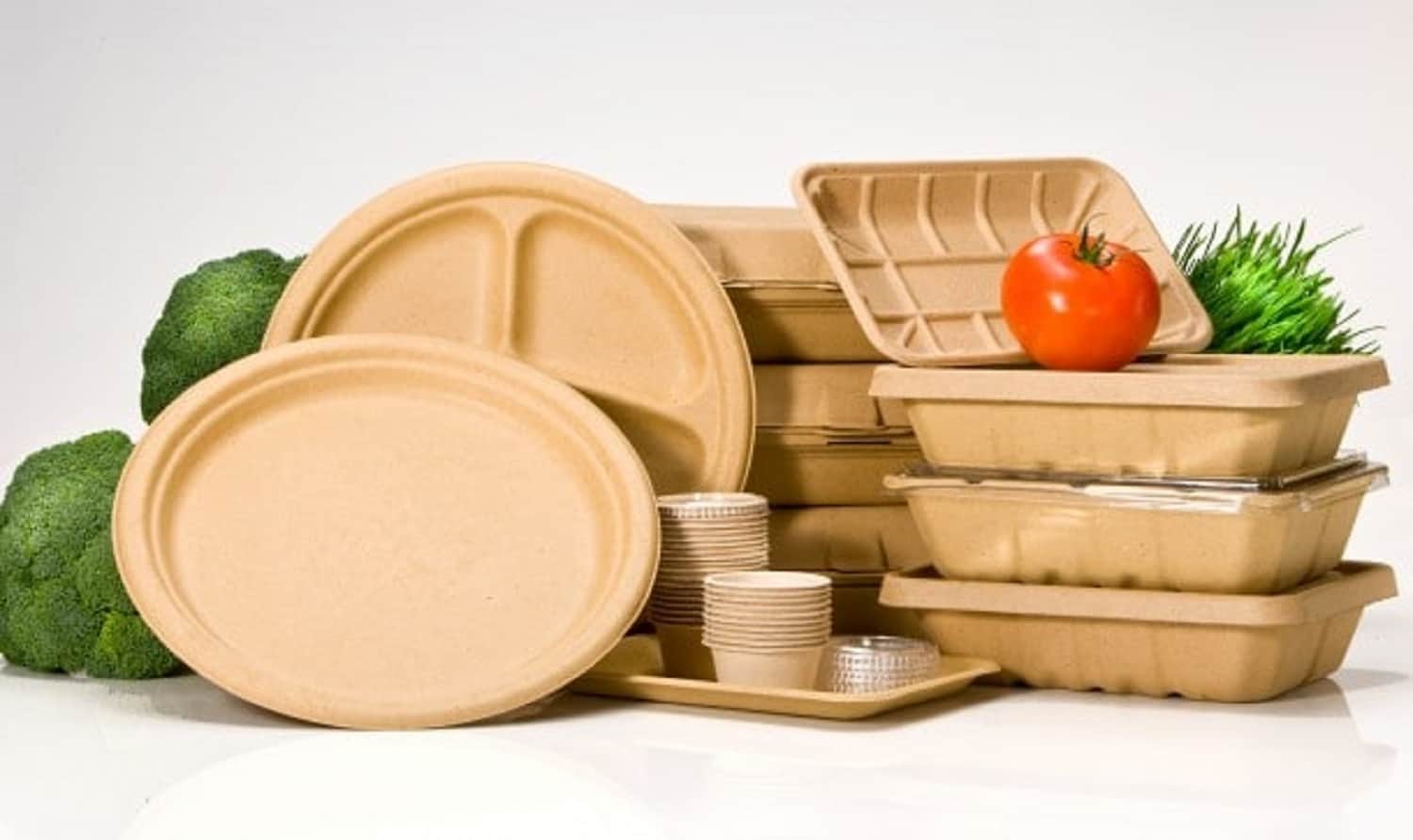The Sustainable Packaging Coalition (SPC) has published a new guide, Understanding the Role of Compostable Packaging in North America, to help companies understand where and how compostable packaging can fit into their sustainable packaging portfolio.
Compostable packaging is increasingly part of global sustainable packaging commitments, but its full potential has not yet been realized. When used in the right applications, compostable packaging can create a simplified consumer dining experience, a cleaner recycling stream, and serve as a solution for non-recyclable packaging. More broadly, compostable packaging can be part of healthy biological loops in the circular economy, diverting food waste from landfills, and contributing to compost that helps soil serve as a carbon sink.
The SPC’s work with packaging manufacturers, converters, brands, and retailers has revealed a strong interest in compostable packaging beyond food service applications. Many companies are starting to explore compostable packaging, and will need an understanding of the broader composting ecosystem. The new guide offers considerations for appropriate use cases, insights into composting infrastructure and municipal collection programs, and perspectives on composter and consumer engagement.
Compostable packaging is not a blanket solution for all packaging problems. Rather, it should be used in applications where it helps divert food waste out of landfills and into compost bins, reduce food scrap contamination of recyclable materials, or replace non-recyclable packaging.
The guide helps brands prevent problems down the road by evaluating which applications are the best fit for compostable packaging. It offers a checklist for compostability and guidance for which packaging shouldn’t be designed to be compostable.
Residential access to composting programs is key to the success of compostable packaging. While access to composting programs is not yet widespread, according to the SPC’s research, at least 11% of the US population has access to programs that accept some form of compostable packaging. Nearly a third of the population has access to food waste composting programs, and as this access increases, the role of compostable packaging is likely to grow.
What might compostable packaging look like in the next decade? And more importantly, what will the ecosystem of collection, access, and consumer engagement surrounding compostable packaging be? The guide offers a glimpse into what the future of compostable packaging can look like if stakeholders work together to actively address today’s challenges.
About the Sustainable Packaging Coalition (SPC)
The Sustainable Packaging Coalition is a membership-based collaborative that brings together businesses, educational institutions, and government agencies to collectively broaden the understanding of packaging sustainability and develop meaningful improvements for packaging solutions. Our mission is to bring packaging sustainability stakeholders together to catalyze actionable improvements to packaging systems and lend an authoritative voice on issues related to packaging sustainability. The Sustainable Packaging Coalition is a trademark project of GreenBlue Org, a 501 nonprofit dedicated to the sustainable use of materials in society. We bring together key stakeholders to encourage innovation and best practices to promote the creation of a more sustainable materials economy.







